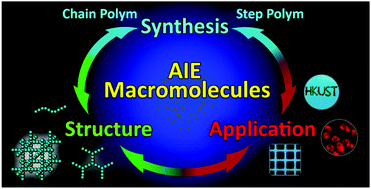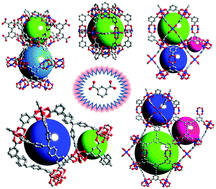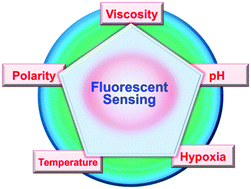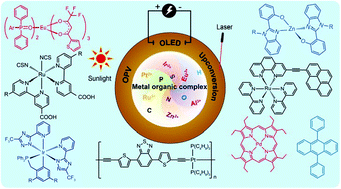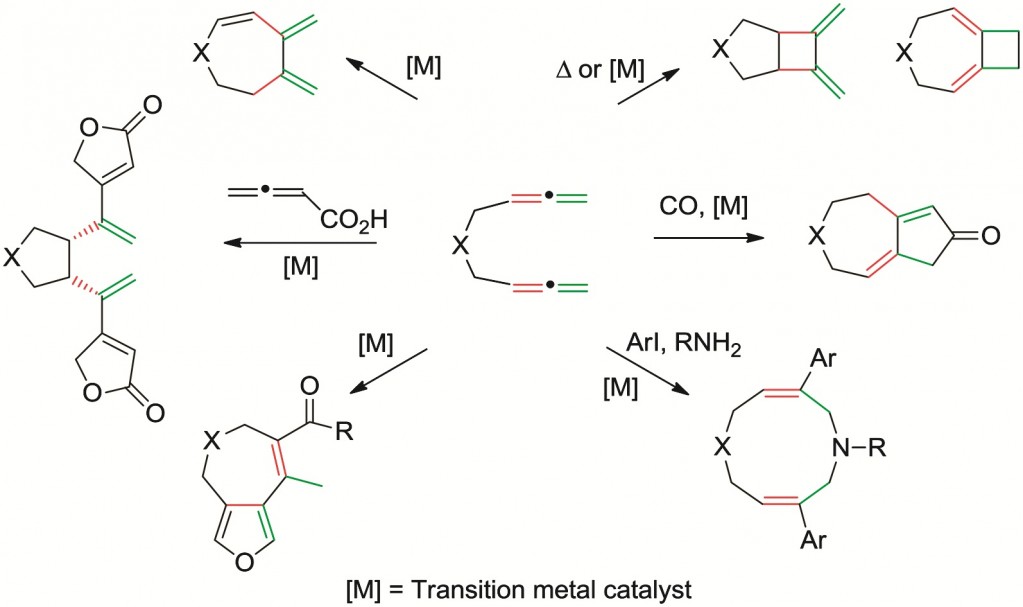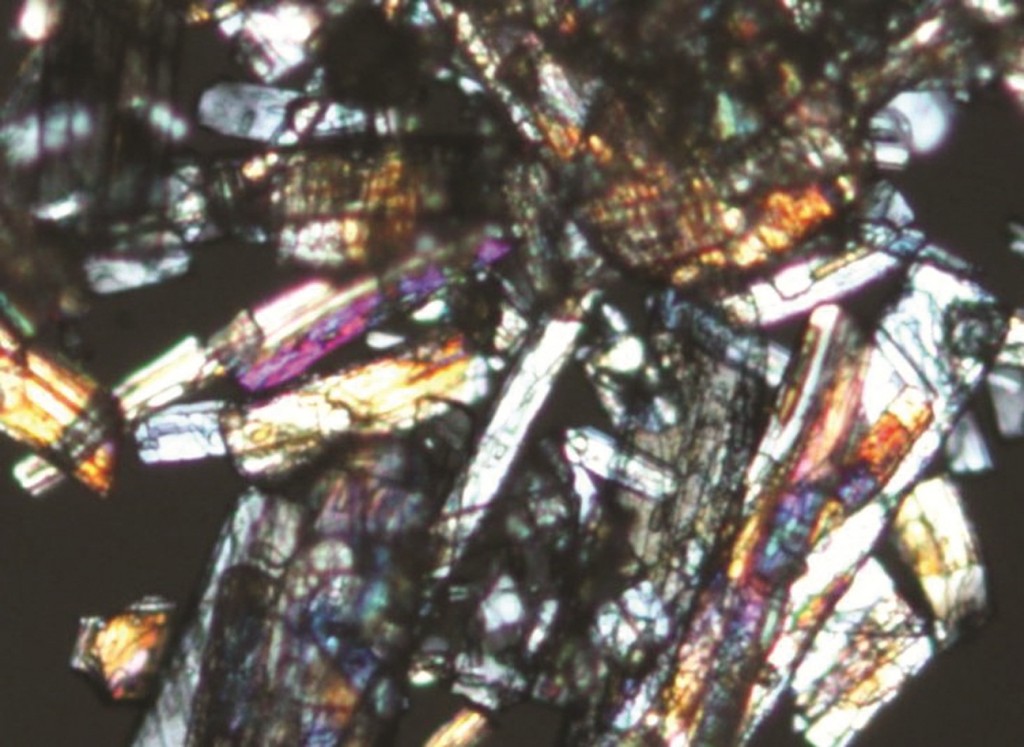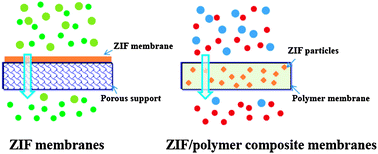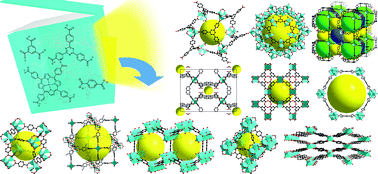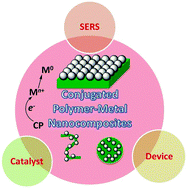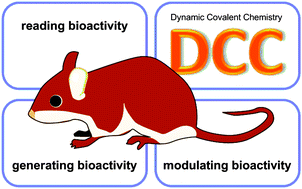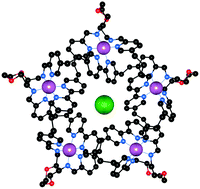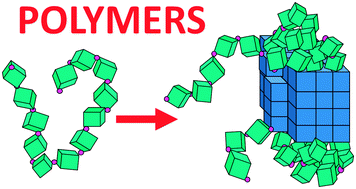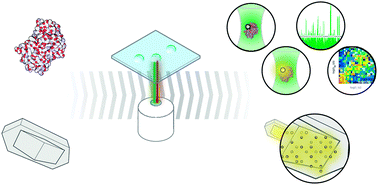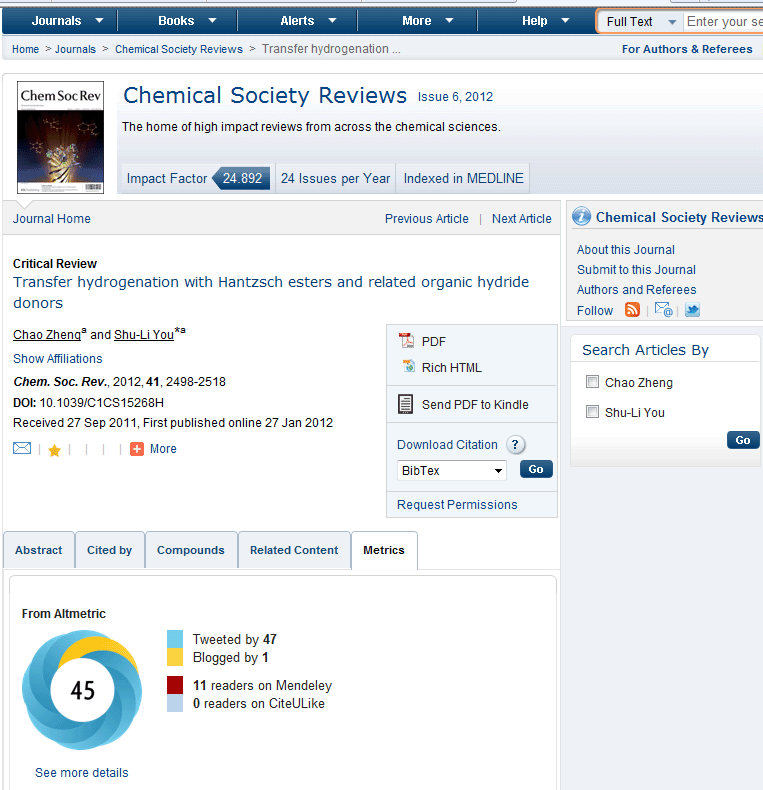Here are the latest referee-recommended hot articles from Chemical Society Reviews – you can download them free until the end of May:
Mesoporous materials for clean energy technologies
Noemi Linares, Ana M. Silvestre-Albero, Elena Serrano, Joaquín Silvestre-Albero and Javier García-Martínez
Chem. Soc. Rev., 2014, Advance Article
DOI: 10.1039/C3CS60435G, Review Article
AIE macromolecules: syntheses, structures and functionalities
Rongrong Hu, Nelson L. C. Leung and Ben Zhong Tang
Chem. Soc. Rev., 2014, Advance Article
DOI: 10.1039/C4CS00044G, Review Article
Multifunctional metal–organic frameworks constructed from meta-benzenedicarboxylate units
Yabing He, Bin Li, Michael O’Keeffe and Banglin Chen
Chem. Soc. Rev., 2014, Advance Article
DOI: 10.1039/C4CS00041B, Review Article
Macro-/micro-environment-sensitive chemosensing and biological imaging
Zhigang Yang, Jianfang Cao, Yanxia He, Jung Ho Yang, Taeyoung Kim, Xiaojun Peng and Jong Seung Kim
Chem. Soc. Rev., 2014, Advance Article
DOI: 10.1039/C4CS00051J, Review Article
Recent progress in metal–organic complexes for optoelectronic applications
Hui Xu, Runfeng Chen, Qiang Sun, Wenyong Lai, Qianqian Su, Wei Huang and Xiaogang Liu
Chem. Soc. Rev., 2014,43, 3259-3302
DOI: 10.1039/C3CS60449G, Review Article
Stay up to date with Chem Soc Rev
Sign-up to our journal news alert to receive information about most read articles, journal news, as well as calls for papers and invitations



